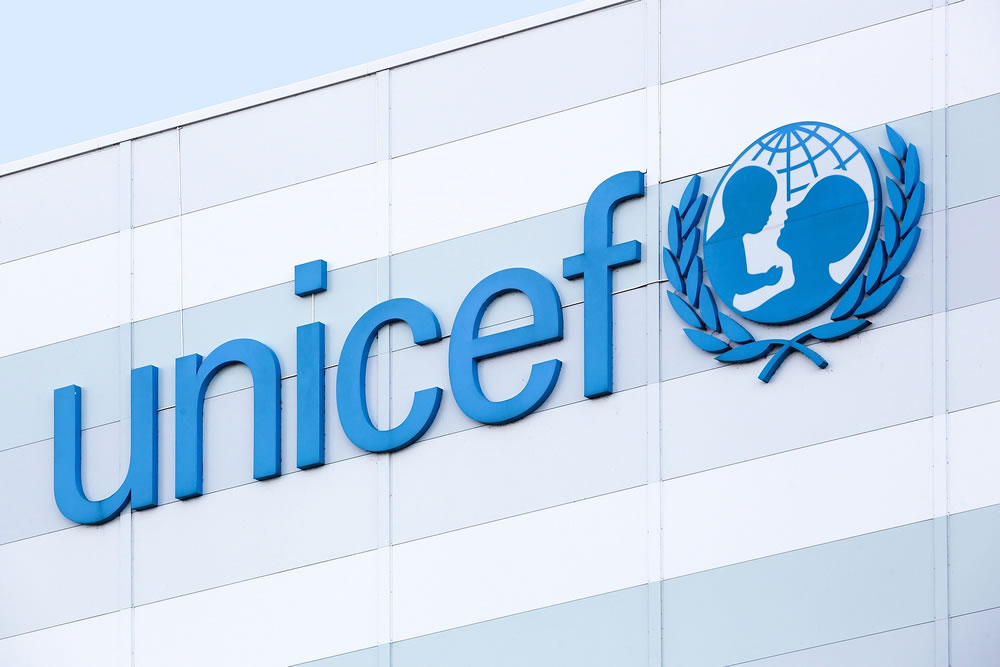Many of us may consider cryptocurrency as the plaything of fintech entrepreneurs and computer-savvy millennials, but examples of utilising the technology for humanitarian causes continues to emerge.
While trading platforms like cryptosoftwarenow.com are opening up the digital currency market to more and more casual investors, at the other end of the spectrum, digital currency and the blockchain is driving innovation to help some of the world’s most marginalised communities.
Last week, we reported that blockchain technology has proven to be the solution for a number of problems, ranging from holding elections to registering marriages, while Bitcoin wunderkind Erik Finman has also contributed cryptocurrency drops to fund remote schools in Africa.
Now, global children’s aid charity UNICEF has embraced cryptocurrency in the fight against the global coronavirus pandemic.

In October 2019, UNICEF became the first United Nations organisation to embrace digital currency by launching its Cryptocurrency Fund, allowing the charity to receive contributions and donations in digital currencies, as well as invest and utilise these cryptocurrencies for future projects.
At the time, Henrietta Fore, executive director at UNICEF, said: “If digital economies and currencies have the potential to shape the lives of coming generations, it is important that we explore the opportunities they offer. That’s why the creation of our Cryptocurrency Fund is a significant and welcome step forward in humanitarian and development work.”
The first contributions to the Cryptocurrency Fund came from the charitable arm of the Ethereum cryptocurrency, the Ethereum Foundation, to fund digital innovation projects.
In the months that have passed since the launch of UNICEF’s crypto fund, the world’s traditional economies have been floored by the impact of the coronavirus pandemic. While cryptocurrency has remained comparatively stable as stocks and commodities have tumbled (in crude oil’s case, to briefly negative value), its impact as a humanitarian aid may outstrip its value in fintech circles.

Recently, UNICEF announced that it would utilise its new Cryptocurrency Fund to invest in eight projects, in seven different countries – most of which could have an immediate impact on the fight against COVID-19.
Two firms in India received 125 ETH (equivalent to just over £22,600 at the time of writing), while one company in Argentina, Turkey, Mexico, Cambodia and Chile also received the same amount to “to develop prototypes, pilot, or scale their technologies over six months”.
In Turkey, Ideasis is using the funding to help develop its exposure therapy tool to address Covid-19 and isolation-related disorders, while Utopic in Chile has been charged with improving its educational reading game to enhance children’s learning during the coronavirus lockdown. In India and Cambodia, blockchain technology is being utilised to send and secure valuable Covid-19 data, as well as to increase efficiency in the food supply chain – an issue amplified in the current time of crisis.
While UNICEF is only scratching the surface of the possibilities provided by blockchain and decentralised currency, discussion about the technology’s use in humanitarian matters has been happening for a while now.
As early as 2017, the Danish government had been considering embracing cryptocurrency as a solution for its foreign aid – and the arguments to do so are compelling.

“Crypto and crisis is a perfect match, and aid organizations will undeniably be able to respond more quickly using blockchain-based digital money, which arrives at email-speed, safely and transparently,” said Marianne Haahr of Sustania, the think tank commissioned by the Danish government to explore the possibility.
While public trust is still one of the major barriers to mass adoption of blockchain technology and cryptocurrency, the principle behind decentralised transactions, and an immutable central ledger (the blockchain) is still sound.
The ability to distribute aid to regions and peoples under authoritarian regimes or without traditional financial infrastructure is compelling.
Rather than distribute fiat (the term used for traditional paper currencies) monies through an intermediary, a peer-to-peer transaction is not only more efficient, but also far less likely to be interfered with by an intrusive state.






















